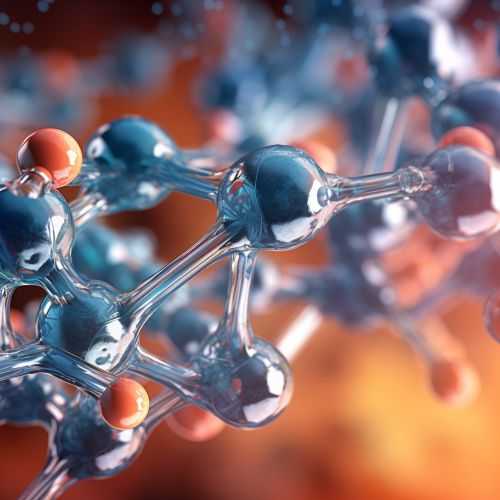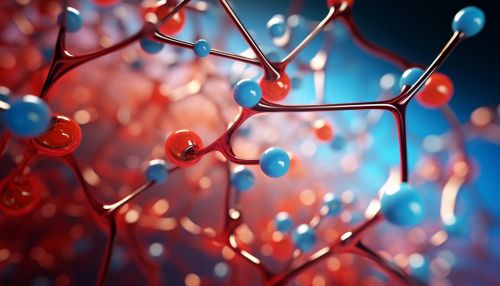Biocatalysis
Introduction
Biocatalysis is a sub-discipline of enzyme technology that involves the use of natural catalysts, such as protein enzymes or whole cells, to conduct chemical reactions. This process is a vital aspect of green chemistry, offering an environmentally friendly alternative to traditional chemical processes by reducing the need for hazardous reagents and generating fewer byproducts.


History and Development
The concept of biocatalysis has been recognized since the late 19th century, with the first recorded use of an enzymatic process in industry occurring in 1894. However, it was not until the 20th century that the field truly began to develop, with advancements in molecular biology and genetic engineering allowing for the manipulation and optimization of enzymes for specific reactions.
Principles of Biocatalysis
Biocatalysis operates on the principles of catalysis, where a catalyst accelerates a chemical reaction without being consumed in the process. In biocatalysis, the catalysts are biological molecules, typically enzymes. These enzymes can catalyze a wide range of reactions, including oxidation, reduction, hydrolysis, and various bond-forming reactions.
Types of Biocatalysis
There are three main types of biocatalysis: enzymatic catalysis, whole-cell catalysis, and engineered biocatalysis.
Enzymatic Catalysis
In enzymatic catalysis, purified enzymes are used to catalyze reactions. This method offers high specificity and control over the reaction conditions, but the enzymes can be expensive to produce and may require co-factors to function.
Whole-Cell Catalysis
Whole-cell catalysis involves the use of live cells, typically bacteria or yeast, to carry out reactions. This method is often more cost-effective than enzymatic catalysis, as the cells can be easily grown and maintained. However, it can be more difficult to control the reaction conditions and product purity.
Engineered Biocatalysis
Engineered biocatalysis involves the use of genetically modified organisms or enzymes to perform specific reactions. This method combines the benefits of enzymatic and whole-cell catalysis, offering high specificity and cost-effectiveness. However, it requires advanced knowledge of genetic engineering and molecular biology.
Applications of Biocatalysis
Biocatalysis has a wide range of applications in various industries, including pharmaceuticals, biofuels, food and beverage, and environmental remediation.
Pharmaceuticals
In the pharmaceutical industry, biocatalysis is used to produce a variety of drugs and therapeutic agents. This includes the production of antibiotics, anti-cancer drugs, and cholesterol-lowering agents.
Biofuels
Biocatalysis plays a crucial role in the production of biofuels, such as biodiesel and bioethanol. Enzymes are used to break down biomass into fermentable sugars, which are then converted into fuel by microbial fermentation.
Food and Beverage
In the food and beverage industry, biocatalysis is used to produce a variety of products, including beer, wine, cheese, and bread. Enzymes are used to catalyze various reactions, such as the breakdown of starches into sugars and the fermentation of sugars into alcohol.
Environmental Remediation
Biocatalysis is also used in environmental remediation, where enzymes or whole cells are used to break down pollutants in the environment. This includes the degradation of pesticides, petroleum hydrocarbons, and heavy metals.
Future Perspectives
The field of biocatalysis continues to evolve, with ongoing research focused on improving enzyme efficiency, specificity, and stability. Advances in genetic engineering and synthetic biology offer promising opportunities for the development of novel biocatalysts and the expansion of biocatalysis into new areas of application.
